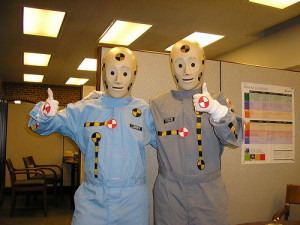I attended Day 1 of YOW! Sydney 2013 and thought some people might get something useful out of my notes. These aren’t my complete reinterpretations of every slide, but just things I jotted down that I thought were interesting enough to remember or look into further.
 Jeff Paton (@jeffpaton) is an independent consultant, teacher and Agile coach, and (I believe someone said) the inventor of Story Mapping. He spoke at YOW! about ‘Safety Not Guaranteed: How Successful Teams Ignore the Rules to Create Successful Products’.
Jeff Paton (@jeffpaton) is an independent consultant, teacher and Agile coach, and (I believe someone said) the inventor of Story Mapping. He spoke at YOW! about ‘Safety Not Guaranteed: How Successful Teams Ignore the Rules to Create Successful Products’.
Jeff started his talk by announcing that he hated agile development since the moment he first heard of it, but went on to explain that he doesn’t really hate agile now and that an important part of this has been to learn to pay a lot of attention to what he’s doing. Continue reading


